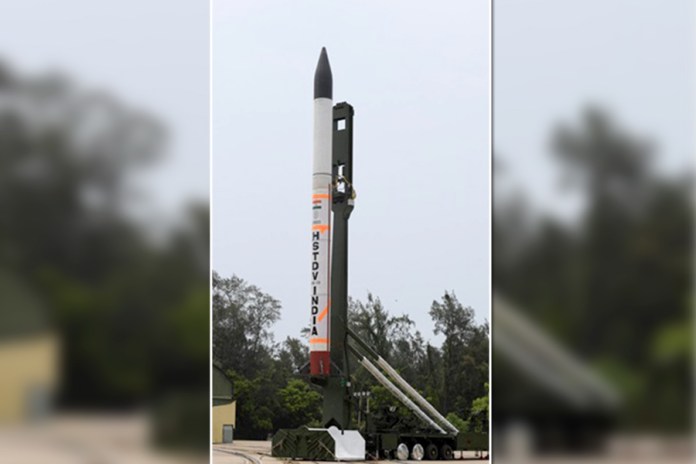By Administrator_India
Any contemporary list of cutting-edge military technologies has hypersonic, air-breathing, scramjet vehicles close to the very top. Only three countries — Russia, USA and China — have flown a vehicle in the atmosphere at a hypersonic speed: Six times the speed of sound (Mach 6), or 2 kilometres (km) per second.
On Monday, India entered that elite club when the DRDO’s experimental Hypersonic Technology Demonstration Vehicle took off from the APJ Abdul Kalam Launch Complex, off the Odisha coast, and, after separating from its launch vehicle at an altitude of 30 km, flew at Mach 6 for more than 22 seconds.
“The scramjet engine developed by our scientists helped the flight achieve a speed 6 times the speed of sound! Very few countries have such capability today,” tweeted Prime Minister Narendra Modi.
Enormous military advantages are available from hypersonic flight. Most cruise missiles fly today at sub-sonic speeds of 250-300 metres per second. This renders them vulnerable to interception by the enemy’s supersonic fighter jets before they strike their targets. However, a hypersonic cruise missile, flying faster than any fighter, would strike its target well before it can be intercepted. And the kinetic impact of a Mach 6 strike would utterly demolish the target.
Similarly, hypersonic transport aircraft would allow the army to move troops far more quickly to reinforce positions when a threat is detected. If reinforcements were required in Ladakh, troops from Thiruvananthapuram would require just 25 minutes of flying time to reach Leh.
The DRDO has taken almost 20 years to develop and test-fly the HSTDV at its flagship missile laboratory, the Defence R&D Laboratory, Hyderabad. Spearheading this effort was Dr Prahlada Ramarao, who headed DRDL till 2005 and then remained associated with the project from the DRDO headquarters in Delhi.
Prahlada explained that hypersonic flight presented two primary technological challenges. First, the air being rammed into the engine at high supersonic speeds makes it difficult to simultaneously inject fuel and burn the mixture without the flame being extinguished by the air blast.
Once ready, the HSTDV performed flawlessly in the Monday test. According to the DRDO, the HSTDV piggybacked on a solid rocket motor to an altitude of 30 km, where it separated from the launch vehicle. There, the air intake opened, hypersonic combustion was initiated and sustained, and the cruise vehicle continued on its programmed flight path at Mach 6 for more than 20 seconds.
















